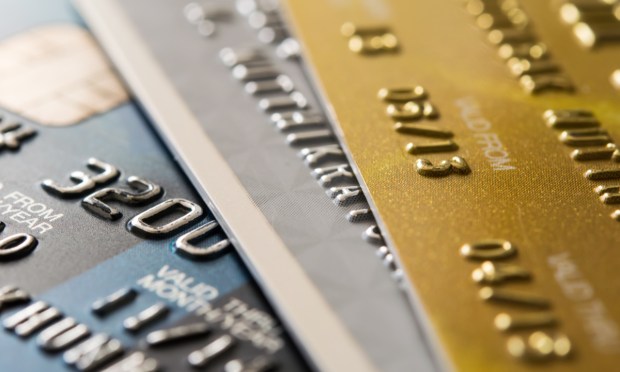
Autopay is rising among credit card customers, though it could cost them more over time.
Consumer use of autopay nearly doubled between 2015 and 2020 and is still climbing, The Wall Street Journal reported Sunday (Oct. 8), citing data from the Consumer Financial Protection Bureau (CFPB) and industry executives.
While this higher enrollment should lead to lower fees, as consumers who pay automatically avoid late fees, federal data shows total fees and interest paid by cardholders increased 19% to around $240 billion between 2015 to 2020.
The report also cites a study by Jialan Wang, associate professor of finance at the University of Illinois Urbana-Champaign and a former CFPB economist, who found that consumers often underpay when they autopay.
These borrowers pay between 8% and 17% less of their monthly credit card balances versus customers who make manual payments, the study showed.
Wang told the WSJ most people who enroll in autopay choose either the minimum payment or full balance. And those who choose to pay in full are more likely to change their settings within the first 10 months as this is more affordable.
The report also cites information from Derek Swords, vice president of digital payments at Fiserv, who says more than 75% of consumers use autopay for at least one bill, especially for subscriptions to things like streaming services.
“It’s a set-it-and-forget-it mindset,” Swords said.
The news comes as roughly a third of consumers are struggling to make payments on time, with most having multiple late payments, according to the PYMNTS Intelligence Sezzle collaboration “The Credit Accessibility Series: Economic Malaise Exacerbating U.S. Consumer Debt Levels.”
The report shows there are patterns in how consumers carry debt, with high-debt consumers making up one-third of the U.S. consumer population and owing at least $250,000 in debt.
About half of consumers are considered low-debt consumers, and owe less than $250,000, with the remaining 17% of U.S. consumers holding no outstanding debt.
“At 30%, high-debt consumers are marginally less likely than other consumers to make late payments than the average consumer, at 33%,” PYMNTS wrote last week. “However, this does not tell the complete story, as among consumers who are late making payments, those carrying high levels of outstanding debt have twice as many missed payments, on average, as those with low debt. This may explain why high-debt consumers are more likely to use overdrafts to cover transactions.”